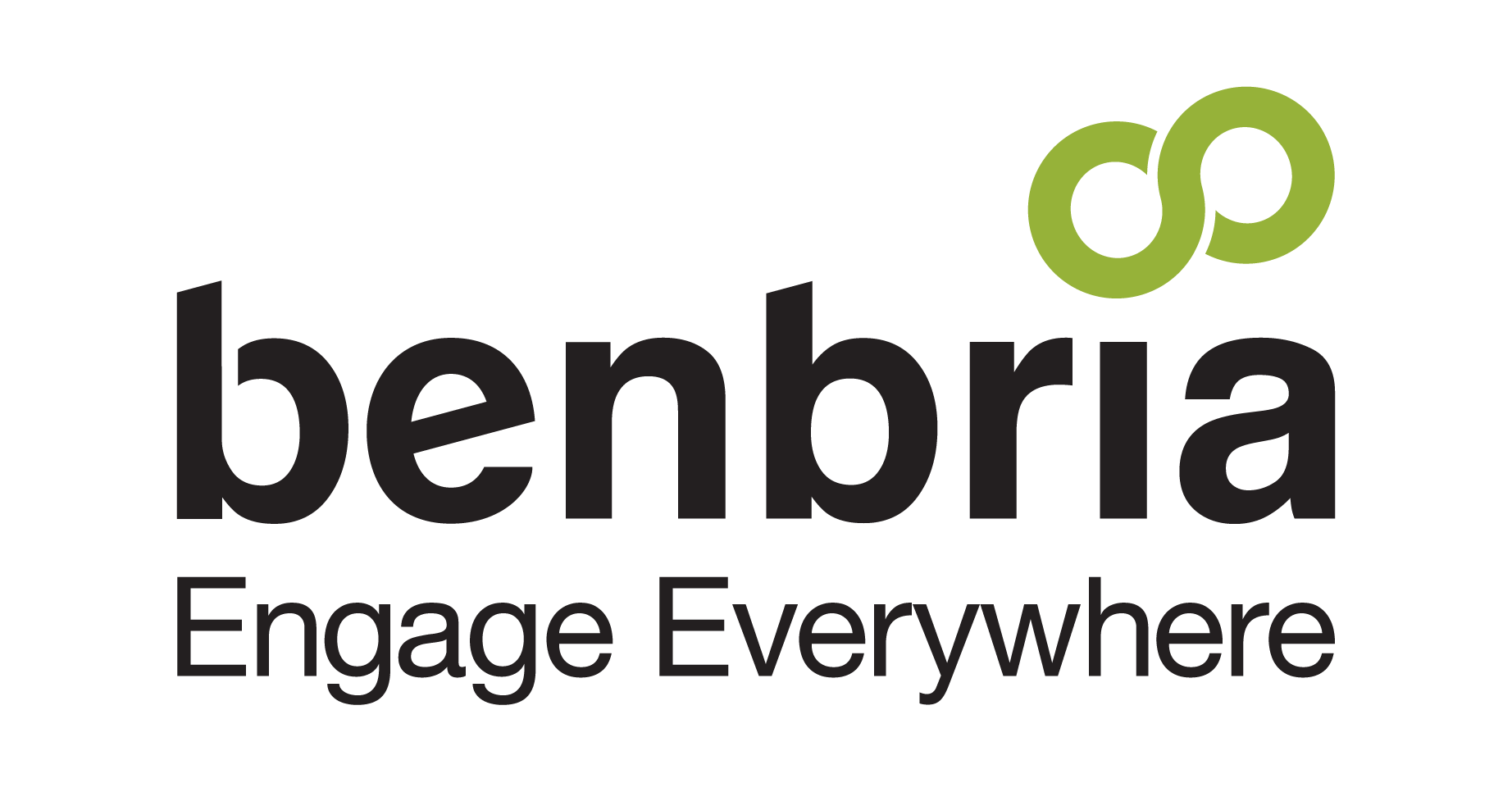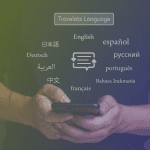A Net Promoter Score (NPS) has been a tactic used for decades to determine the strength and weaknesses of one’s business. For marketers it’s a notable method of consistently understanding brand performance, benchmarking programs and strategies, as well as maintaining or improving customer retention rates. For IT leaders, however, an NPS program can lead to frustrations when guest response rates remain stagnant or plummet, and marketers look to them for solutions.
In order to aid modern IT leaders, we’re breaking down the challenges of using traditional NPS surveys, and how you can overcome them to generate greater response rates.
The Challenging Climate of Traditional Net Promoter Surveys
Like any guest survey, optimal response rates are the key to improved business and effective marketing, because a low response rate means substandard data and little insights.
First and foremost, one of the biggest challenges that arise for the IT professional is the execution of the NPS survey. Traditionally, NPS surveys are sent primarily through email. Although email once reigned king of guest communication, today on its own, it is neither the most preferred nor effective method of customer engagement. In this day and age, customers want options and convenience, which means offering a “one size fits all” approach with email will only alienate certain individuals and continue to lower your response rates.
Another challenge that arises with traditional NPS surveys is the frequency at which they are sent out. In most instances, businesses will send the survey out consistently – on a monthly or annual basis – which is too sparse and not helpful in today’s technologically advanced and fast-paced world.
With applications like Facebook, Twitter, WhatsApp, Line, etc. updating and communicating to guests in real-time – acknowledging a customer’s low survey response months after they last visited could irritate them and show that you aren’t truly listening. This can most prominently impact teams like marketing and operations when they try to build out long-term plans and strategies. As an example, if a customer waits over 30 minutes at your restaurant for their food and you ask them to rate their experience a month later, odds are they have probably forgotten – which doesn’t help your frontline improve operations. In addition, in the span of a month or two, guests would have also had the opportunity to spread their negative sentiments online which can deter others from visiting you and negatively impact your NPS.
Lastly, the detail of information received from a traditional NPS survey can be quite limiting. In a restaurant setting, knowing the in’s and out’s of the establishment – what’s working and what isn’t – is critical to success. With traditional email NPS surveys – it can be hard to determine why a guest felt their experience was sub-par or why they really enjoyed their experience.
Retrieving the most responses from your NPS and acknowledging guest grievances is an important part of building a successful and customer-centric business. As a leader in IT, you should be providing your teams with the tools and practices necessary to succeed. In order to aid your efforts, we’ve outlined some of the effective steps you can take to increase your NPS response rates.
How You Can Increase NPS Response Rates
Pair It With A Customer Experience Management Solution
As an IT professional you know that a technology solution has the potential to streamline the process of running an NPS survey. However, a Customer Engagement Management (CEM) solution is a great way to not only send out NPS surveys but to consistently analyze performance and drive continued enhancements.
By utilizing an effective CEM solution, you can collect information throughout the entire guest journey. From text surveys in-moment, in-restaurant kiosks, to surveys attached to receipts, you can reach a guest at any point of their experience. What’s more, once they submit their NPS response, teams can be notified and view it in real-time so issues can be addressed before they escalate. This further deters the guest from leaving the premises upset or leaving and spreading negativity online.
Lastly, implementing an insightful solution like a CEM allows you to correct team member behavior in real-time – an important factor to improving the overall experience. If you review a guests negative remark about a team member a month after it has been submitted, most likely the team member won’t remember what they did wrong. Having real-time insights allows you to correct it immediately – so they can fix the issue and refrain from doing it again. In addition, an insightful solution like a CEM will allow you to see an overarching view of top-ranked team members and low-ranked team members, so you can keep them informed of their performance and continually engage them to provide the best experience possible.
Provide Channel Options
With 86% of shoppers regularly channel-hopping across at least two channels – providing multiple channels to provide feedback is an efficient way to drive more engagement and responses with NPS.
For guests, the technology landscape has changed, and having multiple channels has become a business expectation. Whether you offer a kiosk, mobile app or traditional email, having a solution that can manage multiple channels is an asset to drive more responses. By doing this you refrain from limiting your business to one channel and increase your potential reach. For guests, the idea is to make the survey more accessible and convenient because the easier it is to access, the more likely a guest is to respond.
With that in mind, using an ideal Customer Engagement Solution allows you to schedule surveys to go out and specific times and analyze the information within a single platform – rather than toggling through separate sites or solutions. By having more options available to customers, you encourage a larger response rate and increase the amount of data you get. With more data on customers, the happier marketing and operations will be.
Encourage Guests
If you’re looking for a larger response rate from your Net Promoter Score survey it’s important you make sure that your team members are consistently encouraging guests to open the survey and respond.
A simple solution for this is to train team members to mention your NPS program at critical touch points. Having your servers bring it up as guests are paying or at the hostess stand when the guest has arrived are great places to start.
In addition, while training your team it’s also important to let them know that they can reach out consistently but in a non-intrusive manner. If a guest says no more than twice, it’s probably best to not bother them again. Lastly, it’s critical to train teams on how to go about mentioning it – the goal is to make it alluring. Tactics, like using their name or referencing a past visit are forms of personalization that can be effective.
Offer an Incentive
Offering an incentive is a gratifying way to thank guests for completing your survey. Although an NPS survey benefits the customer’s experience in the long term, in the short term filling it out can seem like a chore. By providing them with an incentive they see an immediate return and a plausible reason for filling it out.
As a restaurant, try offering a complimentary appetizer on a guest’s next visit, a drink upgrade, or a VIP promo on their next meal. If you want to go a step further and if they are a repeat customer, offer a personalized incentive that reflects how you value them. With guests, a small gesture can go a long way.
Make it Personal.
Lastly, an effective way to generate more responses from your NPS is by personalizing the guest experience. Over the years personalization has gained traction with businesses due to the high level of engagement that it generates. In fact, according to an ISP report on personalization “Compared to non-personalized mailings, personalized promotional mailings have 29% higher unique open rates and 41% higher unique click rates.” If you’re sending out a survey, why not go the extra mile to address the respondent by name and thank them for filling it out.
On a similar note, with the tactic of personalization, it doesn’t have to be limited strictly by email – especially in a restaurant setting. If a server has been tending to a table of guests all night, have them strike up a casual conversation or build a meaningful, professional connection. When it comes to the end of the guests time with you, it’ll be more natural for the server to reference their name and bring the NPS survey up. With the established connection, the guest will feel more inclined to fill it out.
Conclusion
It’s no secret that Net Promoter Score’s are a widely used tactic to better understand your guests and business functionalities. However, the insight you receive and the impact it has is highly dependent on how you plan to execute and monitor your NPS survey. By following our tips, like implementing a CEM technology solution, providing channel options, encouraging guests and more, you are more likely to generate the most responses possible. Which as a leader in IT, is critical for overall success.




